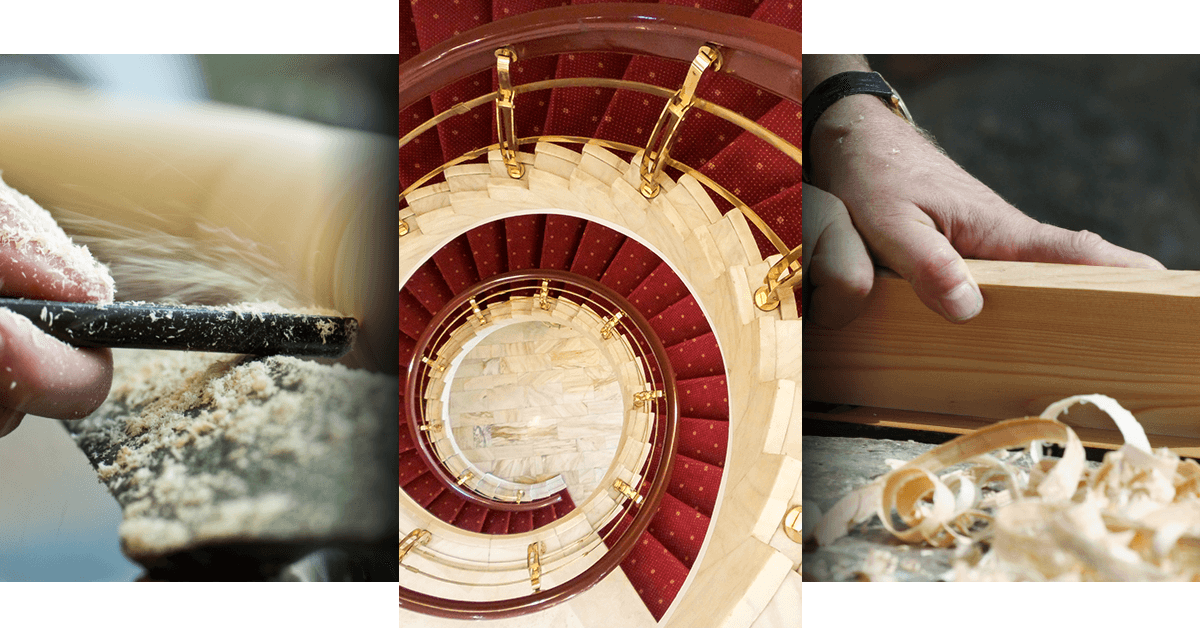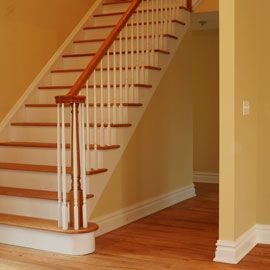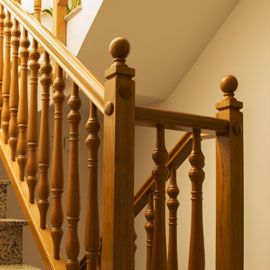Lathes are often called “the original powertool” of the world, with origins stemming back thousands of years to Ancient Egyptian times. These lathes were operated by two people, with one person turning the axis of the lathe, and the other using a sharp tool to carve into the workpiece on the lathe. The two-person lathe eventually became popular in Ancient Greece as well. These lathes were revolutionary for the time, but inherently flawed. After all, it would be pretty exhausting for a person to turn the axis of the lathe, even for a short period of time.
Around 1500 A.D., foot pedals powered by a treadle and flywheel allowed for a single person to operate the lathe by pressing down on the foot pedals while using two hands to chisel and sculpt. This allowed operators to work more efficiently, and have total control over the spinning speed of the lathe. The foot-pedal lathes took on many forms and sizes, and were a catalyst for increased manufacturing during the Industrial Revolution.
Today, lathes are almost exclusively motorized, with a number of speed and control settings, and are used for a variety of objects like pottery, blown glass, and hand-crafted jewelry. These lathes can be automated for mass manufacturing, and sometimes incorporate large blades and lasers more powerful and precise results.





